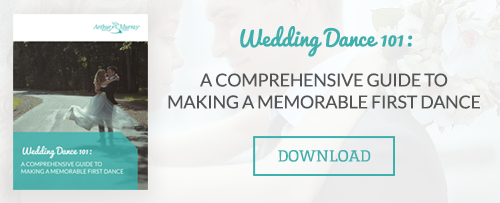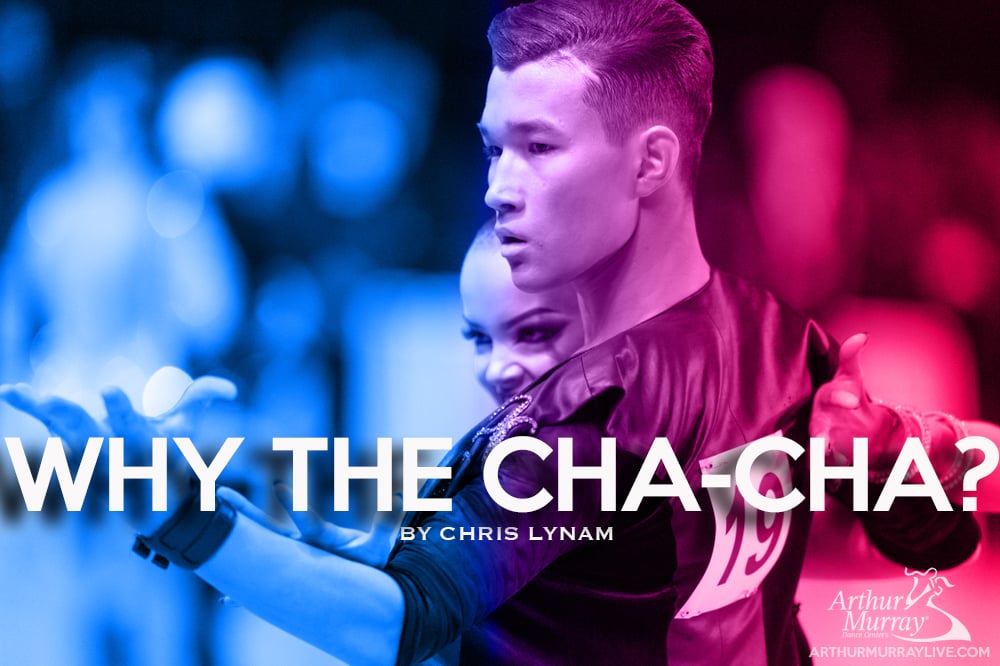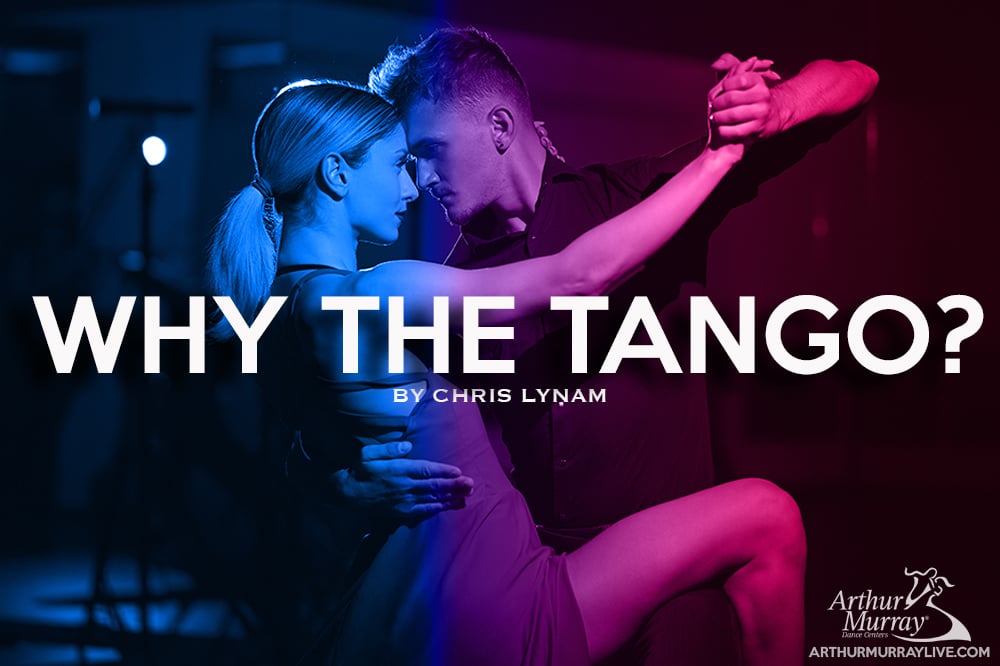 Am I making progress?
Am I making progress?
Is it normal to feel like this?
At what stage can I shut the negative commentary off in my brain?
There is a poster, on display in your local Arthur Murray studio, that has the answers to each of these questions. It may have saved your dance life. (For professionals, it may have even saved your “life-life”. Maybe.) This helpful poster is called, the Arthur Murray Curve of Learning.
One of the biggest advantages of being a part of a dance organization that's over 100 years old is that there are generations of dance stages, mistakes, and solutions to draw on. Adapted from the principles of "the Four Stages of Learning a skill", by Noel Burch of Gordon Training International, Arthur Murray International penned a version that caters specifically to dancers.
Read along as we elaborate on each stage to unravel any mystery surrounding where you might be on your road to becoming a better dancer.
Dance Progress Explained - The Arthur Murray Curve of Learning
Part 1: The Initial Stage
-
Think of this like: a relationship, it would be the Honeymoon stage. It’s the “new car smell” time of your dance program, dance pattern, or dance partnership.
-
New Students Feel this Way… During the first 10-20 lessons of a new Bronze program
-
Advanced Students Feel This Way… When you are first introduced to a new dance, technique, or choreography
DANCE PROGRESS RECOMMENDATION #1: Soak it up! Understanding this as the beginning stage of the Curve of Learning can allow you to be more strategic with it. Treat it like the momentum you build on a downhill ski slope. The more you build here, the less affected you’ll be by the next stage.
Part 2: The Awkward Use Stage
-
Think of this like: learning to drive, this would be the first time your car stalled, or you got flustered making a three point turn. In dancing, this is the first point when you start dancing with your brain, instead of your heart.
-
New Students Feel This Way… When you begin to work on layers, like transitioning from one pattern to another.
-
Advanced Students Feel this way… When you begin to apply advanced techniques to your patterns like Cuban motion, Footwork, or Rise and Fall.
DANCE PROGRESS RECOMMENDATION #2: Keep your lessons closer together. If there were one point in your dance program to go on a surge, it would be here when the pattern, partnership, or program is early in its development. This is the most dangerous stage in the Curve of Learning because it's easy to second guess the process, when you can't see the final result yet. Your teacher can.
Remember, there isn’t a hobby or relationship that gets less-awkward when you avoid it. Stick with it. We’d never want one bump in the road to deter you from an incredible dance journey.
Part 3: The Conscious Use Stage
-
Think of this like: learning to play the golf, this would be the stage where your teacher would tell you to stop thinking so much. As a dancer, you’re learning a wide variety of skills. Your brain and body will feel as if they are at war with each other. What is actually happening, is you are developing muscle memory, and a whole new library of dance knowledge in your brain. The conscious use stage is about learning to trust what you have learned.
-
New Students Feel This Way… When you begin to navigate around the dance floor at the practice parties.
-
Advanced Students Feel This Way… When performing the first installment of a new routine or combination.
DANCE PROGRESS RECOMMENDATION #3: It’s easy to be skeptical of compliments during this stage of the Curve of Learning. Having someone notice your improvement, while your brain is running at hyper-speed, can feel insincere. The reality? They aren’t complimenting you on your brain activity, just what they see. Progress.
“This time let go of your conscious self, and act on instinct.” - Obi Wan Kenobi
Part 4: The Natural Use Stage
-
Think of this like: playing the piano, this is the moment when you can sit down and play music for friends at a dinner party without hesitation. The Natural Use stage is the point where what you are attempting can be done spontaneously and even with creativity. This is when your brain can switch to auto-pilot, and your body will still execute the necessary dance maneuvers.
-
New Students Feel This Way… When you can talk and dance simultaneously (with bonus points for smiling and breathing).
-
Advanced Students Feel This Way… When dancing through material from their previous level, or performing a routine at least three times in public.
DANCE PROGRESS RECOMMENDATION #4: Remember, this was all a process. It's easy to overlook that when you begin to achieve the natural use stage. The dance may be at the butterfly stage, but recognizing the incremental stages to getting there will give you plenty more to appreciate.
 Final Thought
Final Thought
Think of a conveyor belt at the grocery store. You have some things that have passed through the checkstand (The Natural Use Stage), other items that are on their way (The Conscious Use Stage), and things that are still in your cart (Awkward Use Stage). Before these things ended up in your cart, you sought them out (Initial Stage). Once you add them, you begin the process. The next time you go shopping (dance, or otherwise), continue to expand your tastes. Your next initial stage selection could be one of your future, favorite, Natural Use stage additions to your dance journey.
So here's to progress, another 100 years of dance problems and solutions, and a life saving poster that puts it all in perspective.
Happy Dancing!
Are you ready to make your move and learn how to dance? We have locations throughout the Bay Area in Northern California to make your transition to the dance floor fun, quick, and easy:
- The East Bay
- The Peninsula
- The North Bay

 |
 |
| The Dance Partner Poem | Dance Escape Plans For Busy Parents |
 |
 |
| 5 Ways To Convince Your Man To Dance | Which Dance Movie Are You? |



















